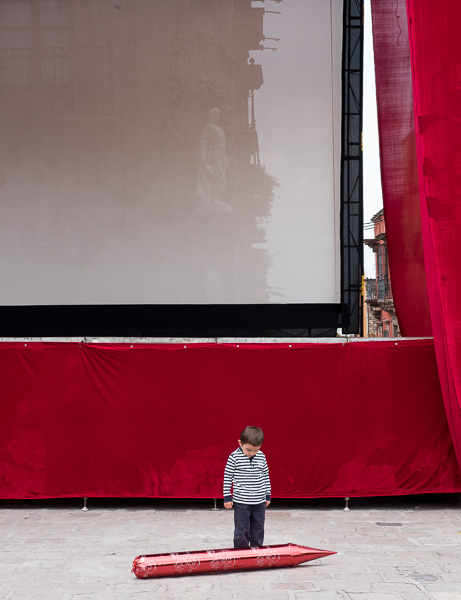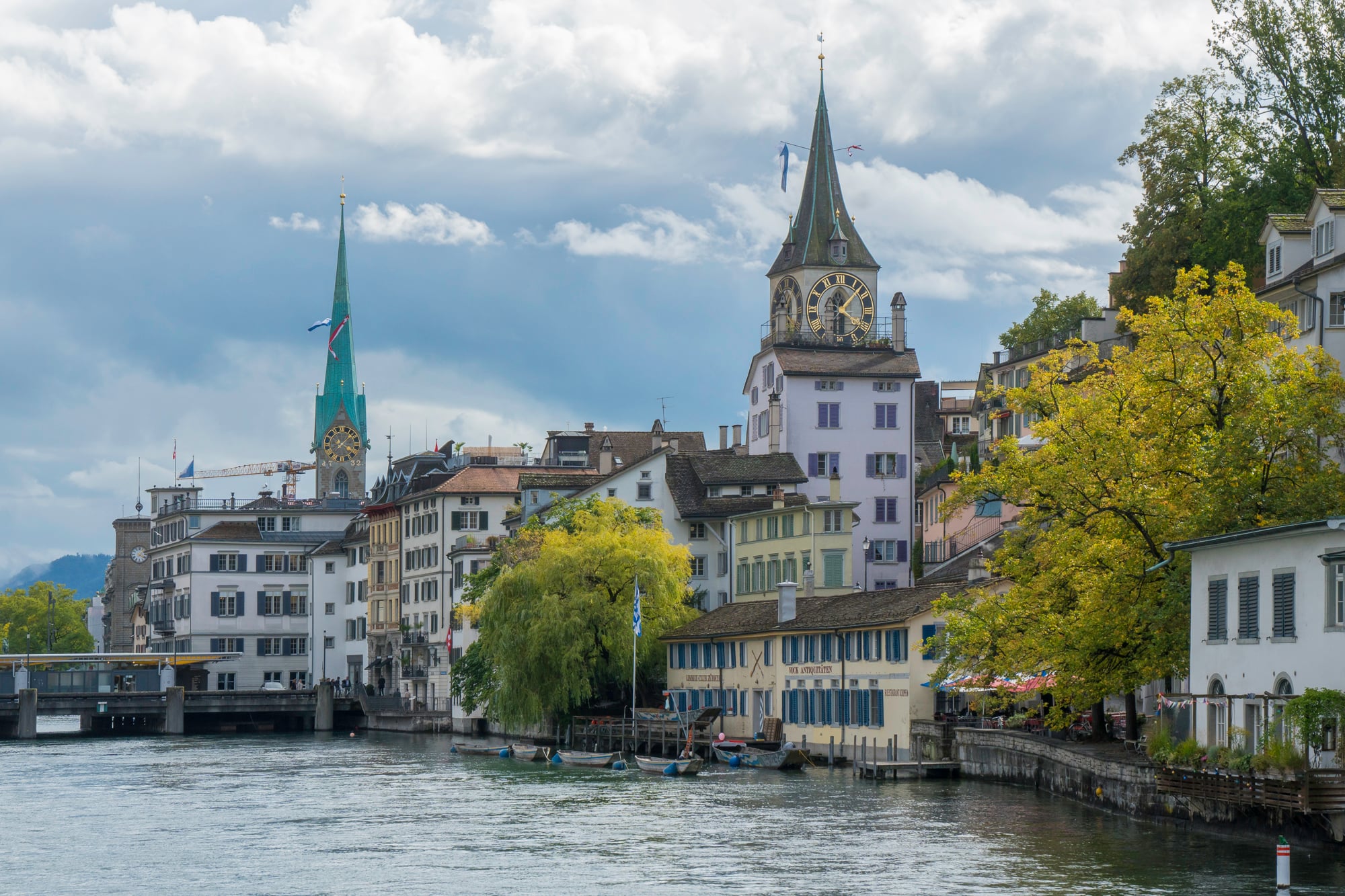Before we dive deeply into lens design and construction, a quick note on the new Fujifilm cameras using the 40 MP APS-C sensor, and on the sad loss of PhotoPlus. I’ve had a chance to handle both X-H2 and X-T5 bodies (and the new 150-600mm lens) briefly at the Hunt’s Show, a dealer-sponsored event that was once a useful post PhotoPlus chance to see some gear (minus the esoteric stuff) without the crowds.
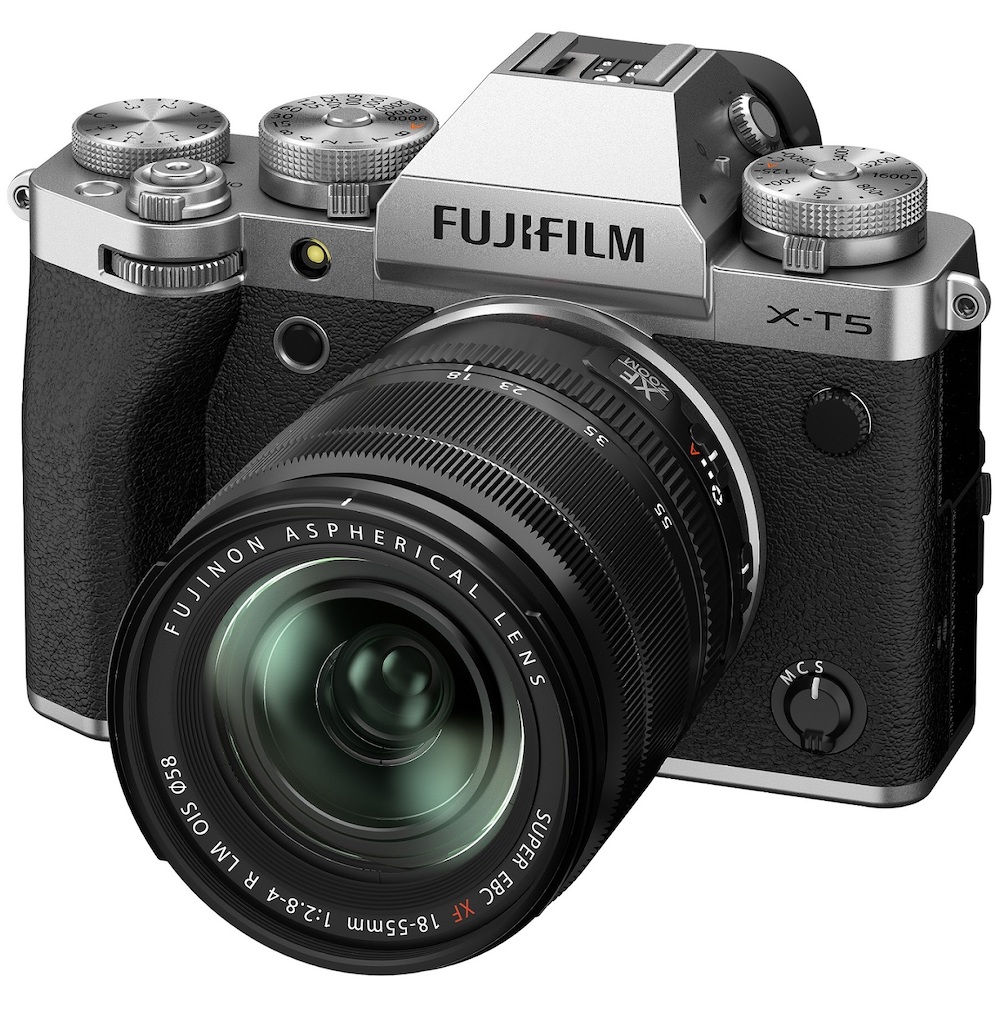

PhotoPlus seems to be gone for good – they cancelled two years of it due to the pandemic, but COVID levels were low this fall, and PhotoPlus was still gone. When they cancelled the 2022 conference, they put out an “audience survey” for 2023 that made it clear who they were looking for. They published questions asking what type of “content creator” the respondent was, and the answer “photographer” was conspicuously missing. They did have one entitled “photo content creator”. I previously wrote about the loss of PhotoPlus back in September, and this survey (which appeared after the September article) makes it clear that PhotoPlus as we knew it isn’t coming back.
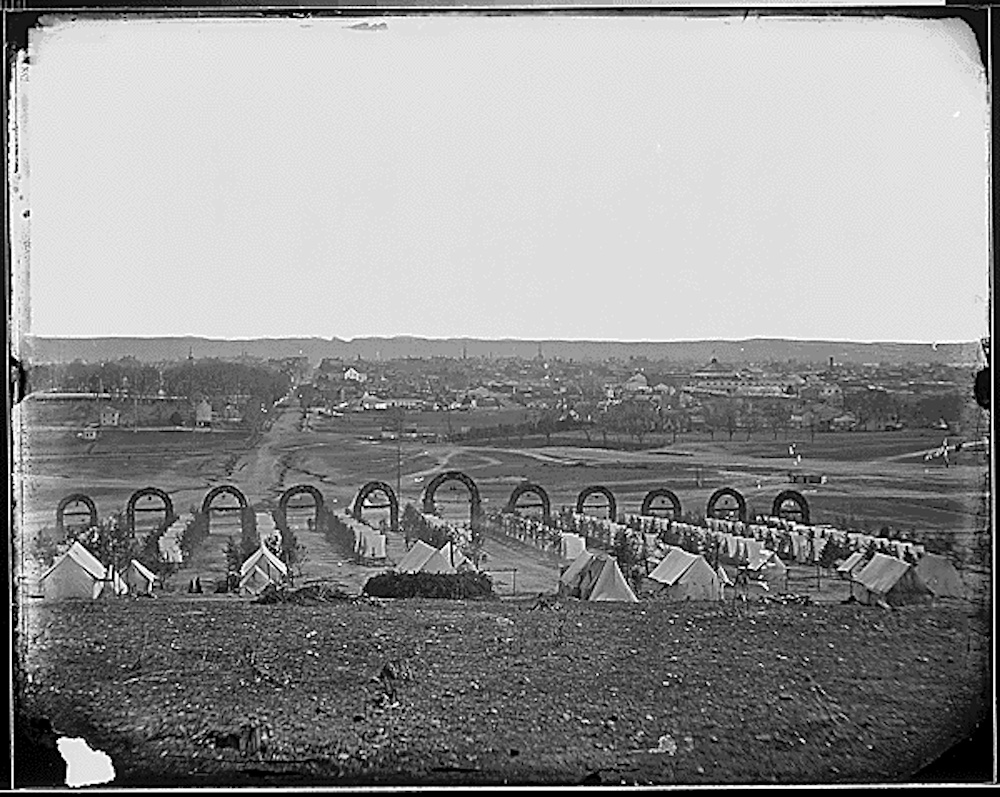

I’m a photographer, proudly so, and I don’t want to retitle myself with some weird digital sounding buzzword. It was good enough for everyone from Ansel Adams to Diane Arbus, from John Sexton to Cig Harvey, from Annie Liebovitz to Galen Rowell, Dorothea Lange to Toyo Miyatake. Was Mathew Brady a pioneering “photo content creator” at Gettysburg or was Alexander Gardner merely creating content when he captured a haunting portrait of Abraham Lincoln showing the weight of the war on his shoulders? Was Robert Capa a “photo content creator” when he waded ashore on Omaha Beach (walking backwards and armed with nothing more immediately dangerous than a camera , while the Nazis on the bluff above had machine guns)? Why abandon a century and a half of the traditions of a great art form?


Other questions asked about subject matter, missing such things as “landscape”, “nature” and “wildlife”… There was a whole page on monetization, with no mention of teaching (whether workshops or at schools/universities), shooting weddings and events, selling prints or anything else photographers have done for decades. It was all about social media sponsorships and brand-building. There was a specific shoutout to OnlyFans and “adult content” (otherwise known as pornography) and another to the video game streaming market.
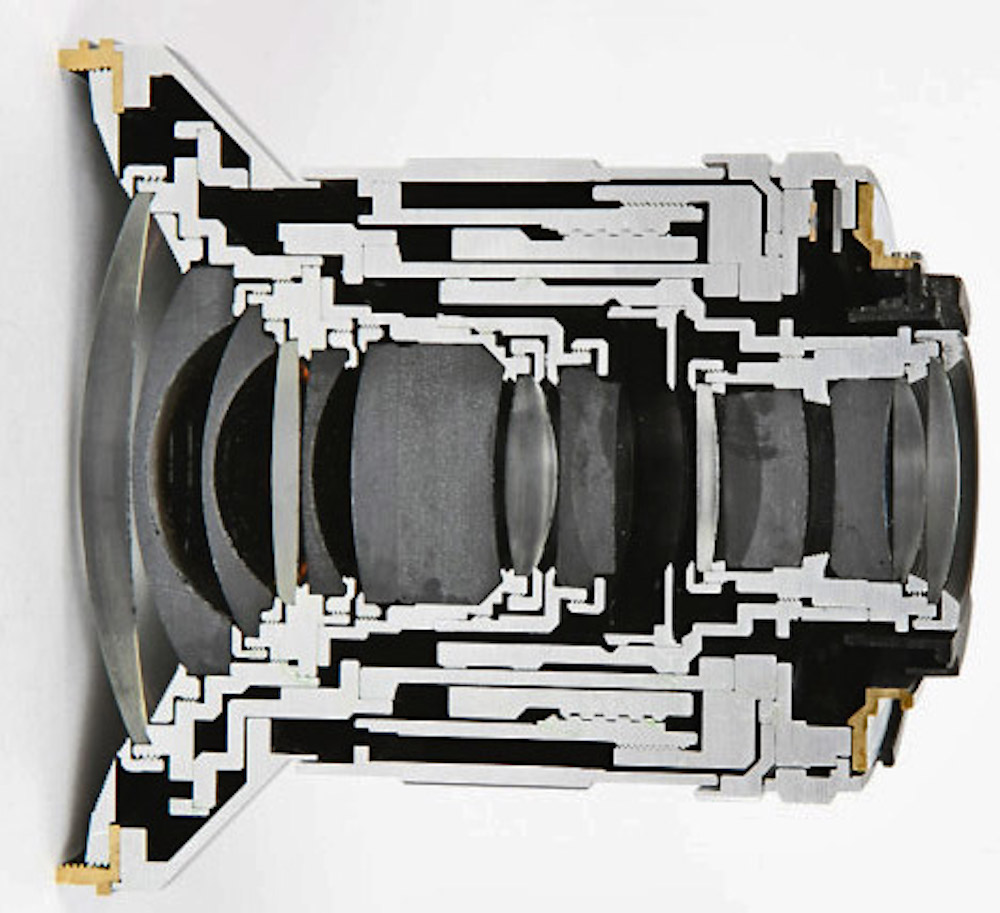

Unless they get enough angry responses to the survey, we’ll never see a PhotoPlus with printers and paper again. We might see one with a few cameras or lenses, if we can get past all the porn sites and AI image creation tools to find a lone Sigma rep holding a beautiful Art lens. If you ever found the old PhotoPlus useful, take their survey and throw in as many sarcastic answers as you’d like.
With PhotoPlus gone, regional events like the Hunt’s Show take on much more importance – you won’t see big printers or much paper, and oddities like 8×10” view cameras are unlikely. What you WILL see is new or rare bodies and lenses, and some of the accessories that used to appear at PhotoPlus. The most interesting things I got to handle this year were the three new Fujifilm bodies (although the X-H2 and X-H2S are physically identical). The X-T5 in particular is a charming little camera – and it really is a little camera. It goes back to the Nikon FM2 design appeal of the early X-T series cameras (it captures at least as much of the spirit of the FM2 as Nikon’s own FM2 tributes). This particular FM2 has a handgrip permanently attached, because there would be no place for the NP-W235 battery otherwise. The X-T2 was almost exactly the same size except for the grip, and the weights are the same except for the heavier battery in the X-T5. I’ll take the tiny increase in size and weight for the far better battery any day. It’s a GREAT handling little camera – pop one of the Fujicron primes or the little 18-55mm zoom on it for a day of street photography or a long hike.
We’ve begun to see results from the new sensor in the X-H2 and X-T5, and it’s right about where I would have expected it. I haven’t had a chance to put a memory card in either camera yet, and I certainly haven’t had a chance to take them on an extended shoot. I have requested review cameras, and am working the dates out with Fujifilm. I am looking forward to working with these machines. DPReview and Imaging Resource both have their studio test scenes up, and I’ve had a chance to look at those. Of course, those scenes won’t tell us everything, but they are useful to a point – especially because they have a LOT of cameras shot under near-identical conditions (including some cameras I know really well). I chose to compare it to a series of cameras that would be revealing – some are close competitors of the X-T5 and X-H2, while others are aspirational. I didn’t include cameras that would either be radically better (medium format) or shouldn’t stand a chance (Micro 43 or APS-C more than one generation older). Those comparisons were, of course, available if the 40 MP sensor performed radically better or worse than it “should”.
The set of cameras I chose were the Canon EOS-R7 and Fujifilm’s own X-T3 (or X-T4 – it doesn’t matter, they have exactly the same imaging pipeline) representing the best of current APS-C, the Nikon Z7 (the best of similar-resolution full-frame, plus I know it well) , the Sony A7r II and the Nikon D800e /D810 (IR didn’t have a D800e, so I used a slightly newer D810). The X-T5 sensor is clearly the best of APS-C as of late 2022, at least on these studio scenes. It beats the 26 MP sensor by about what the resolution difference would imply, or perhaps a little less. It pulls ahead of even the 32+ MP Canon (which is also a relatively new sensor), by a smaller margin. Just as clearly as it pulls ahead of any APS-C camera, it isn’t keeping up with a recent-generation full-frame pixel monster. The Z7 is ahead of the X-T5, and by a similar margin to what the X-T5 beats the X-T3 by. Given any vaguely similar sensor generation, there’s no substitute for sensor area, and pixel peeping these two bears it out. The Sony A7r II also beats the X-T5 pretty clearly, falling between the X-T5 and the Z7. The pixel monsters are bringing in more detail, producing better color, and showing less noise even at ISO 200 (the lowest ISO where a test shot was available for every camera).
What is really, really close is the D800e or D810. Against the older, front-side illuminated 36 mp full-frame sensor, it was a tossup. On some parts of the image I preferred the Fujifilm, in other areas, the Nikon won out. Almost everywhere, it was very close. That’s a very useful comparison – if you think “about as good, overall, as the 36 MP full-frame sensor”, you won’t be far off a broadly familiar reference. Photons to Photos reports that the 36 MP sensor has about ½ stop more dynamic range at the same ISO than the 40 MP APS-C sensor. That’s minor– with one exception. Most versions of the 36 MP sensor have a minimum ISO of 100, while the Fujifilm has a minimum ISO of 125 (and its DR performance drops at the low extended ISOs, like most cameras). There’s close to a full stop of DR difference if you compare the D800e at ISO 100 to the Fujifilm at ISO 125.
This may sound like faint praise, but think of what it actually means. Yes, it’s “just a D810” (assuming that real-world images run fairly parallel with the test scenes) – but it’s a D810 level camera that is astonishingly compact at a very reasonable price, with very compact lenses and superb image stabilization (I was holding it steady between ¼ second and ½ second with the 16-80mm zoom around 50mm). It’s a wonderful camera to handle, just a lot of fun. There are plenty of places the X-T5 is going where big brother GFX 100S just isn’t. If you’re travelling with non-photographers, you’re probably not going to get away with a GFX on a family vacation, and even a full-frame pixel monster might be stretching it. An X-T5 with a couple of compact lenses? Fine!
There are also interesting implications here for how the next generation of full-frame sensors might perform. The 40 MP APS-C sensor is effectively a chunk taken out of a ~90 MP full-frame sensor, which is itself a chunk taken out of a 33x44mm medium format sensor slightly over 151 MP. If that 90 MP full-frame sensor were likely to perform like the 102 MP medium format sensor, we would have seen the APS-C version perform like a modern full-frame pixel monster. It doesn’t, as far as the test scenes show. On the other hand, it does seem to have the highest overall performance of any APS-C sensor to date, which suggests that the full-frame and medium format versions will also be excellent performers, offering somewhat more than any previous sensor in their format size. Both the highest hopes (full-frame that performs like medium format) and the direst concerns (a too-dense sensor that actually reduces imaging performance) appear unlikely to happen.
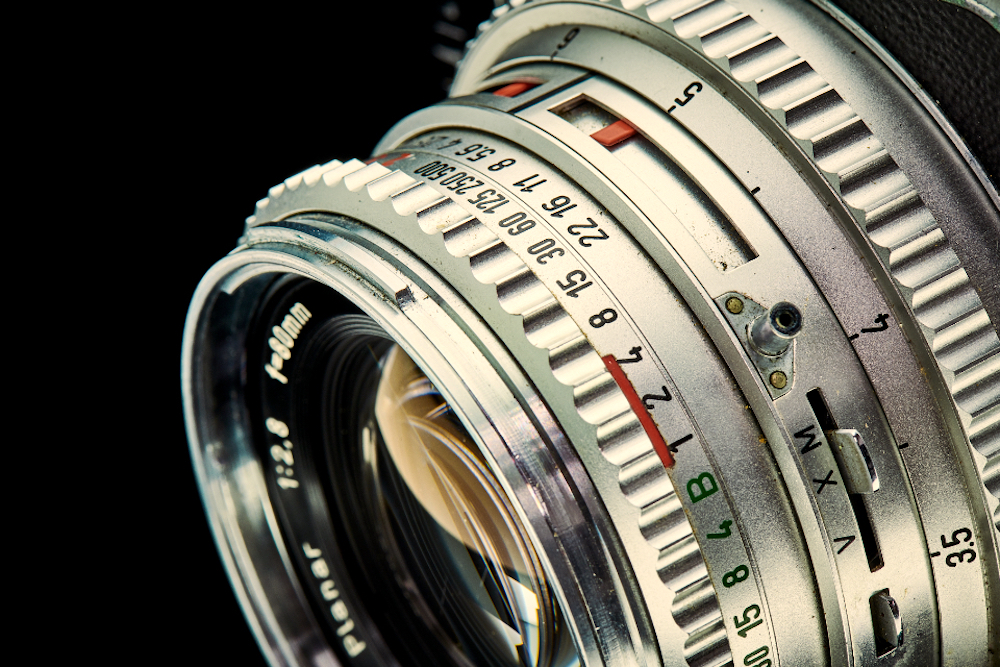

As much as we often focus on camera body design, on the improvements in everything from sensor dynamic range to image stabilization that have a direct impact on image quality, lenses have changed as much in the past 20 years as camera bodies have. As recently as 15 years ago, there were some assumptions about of lens design that seem horribly out of date now. Any normalish lens is going to be a modified Zeiss Planar? That was basically true until Zeiss broke that rule themselves in 2013 – now there’s nothing Planarish about most of the current mirrorless designs. Long telephoto lenses are either VERY cheap or VERY expensive? Until the late 1990s, there was very little in between. Now, there is a whole range of telephotos at every price and quality level, including primes, zooms, and unusual designs that allow strikingly compact lenses.
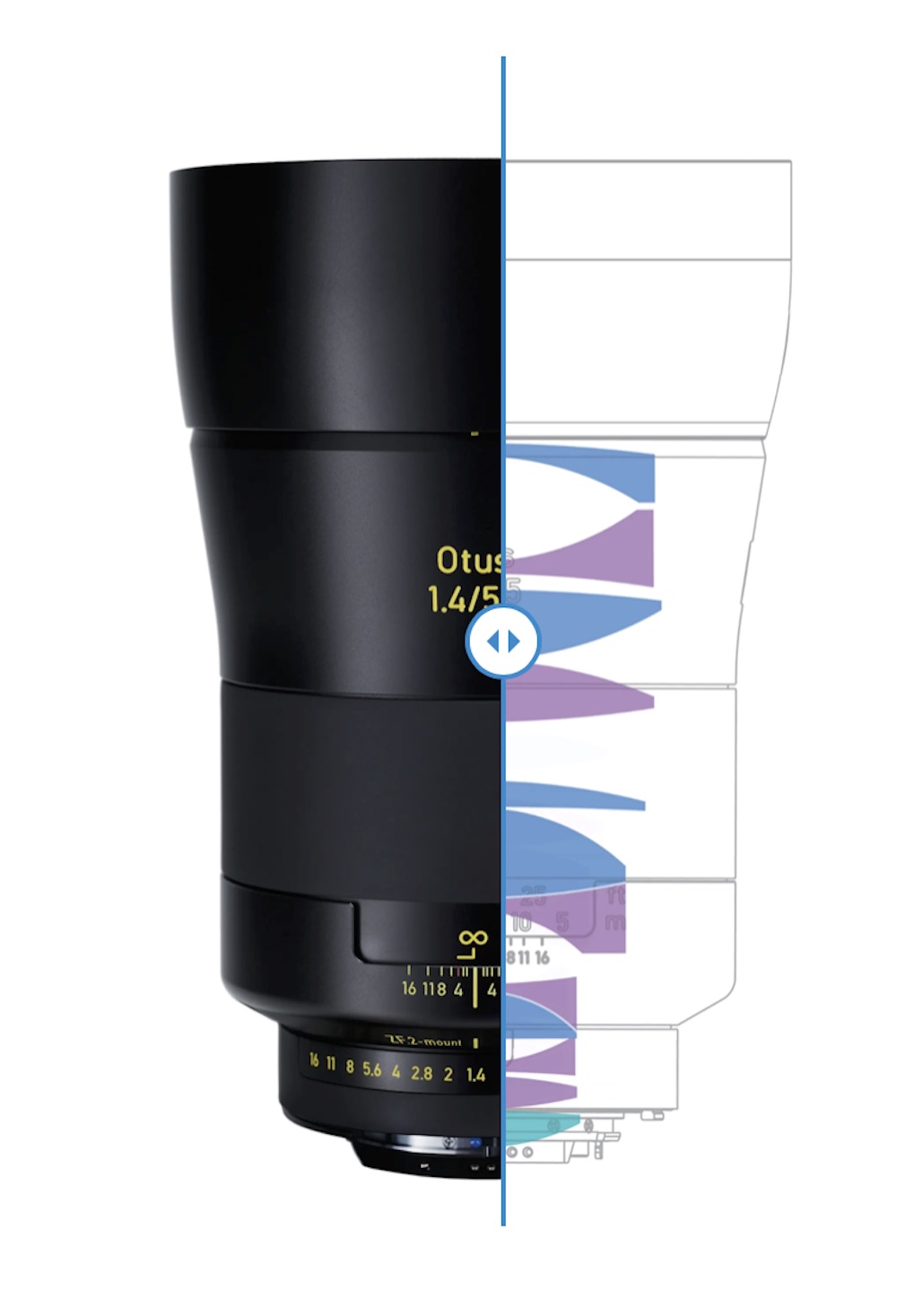

There are other lens innovations, as well. Wide-angle lenses have gotten strikingly better (and strikingly wider). There have been a few ultra-wide primes for a long time – Canon first released a 17mm lens in the early 1970s, followed by a 14mm in the early 1980s, and Nikon actually made an insanely expensive (something like $25,000 in today’s dollars) 13mm lens in the 1970s and 1980s. What’s newer is zoom lenses (very useful in an ultrawide, where every object in the world is trying to get into the edge of your frame) and reasonably priced lenses. Cheap third-party wide zooms have been around for a while, but the Nikon ED, Canon L, Sony G-Master and Sigma Art variety are newer. At this point, full-frame zoom lenses that start at 14mm are very common, and even wider lenses exist (several 12-24mm lenses plus an expensive 11-24 from Canon and an inexpensive 10-18mm from Laowa). Laowa actually has a 9mm prime for full-frame, although I’ve never seen either of the Laowas, nor their 17mm GFX lens. All the Laowas are relatively inexpensive manual focus lenses, although there is little need to focus a 9mm f5.6 lens, since depth of field wide open is something like a foot and a half to infinity! Scale focusing will certainly do!
Several things have happened, technologically, to make this flowering of lens designs possible. The first is computer-aided lens design. With the help of optical design software, lens designers can create complex optical formulas that would have been difficult or impossible to calculate by hand. An 8-element variation on a classic 6-element Planar is easy enough to design by hand, while a 17-element 50mm lens with three aspherical elements just might be impossible. Since lens designers are using computers, we now have 17-element 50mm lenses that perform far better than any 8-element variation on an 1896 design possibly could.
Closely related to the prevalence of computer-aided lens design is the computerized correction of certain optical aberrations in the raw file. Zoom lenses with exotic focal length combinations, both ultra-wides and wide-to-telephoto lenses with 10x and 15x zoom ranges (as far as I know, the current record holder for a crazy zoom on any camera the average LuLa reader might own is Tamron’s 18-400mm f3.5-5.6 for APS-C DSLRs). Some broadcast lenses have wider ranges than the Tamron’s 22x, and so do some small-sensor cameras with fixed lenses (the record holder there seems to be Nikon’s Coolpix P1000, with a 125x zoom that reaches an amazing equivalent focal length of 3000mm). Zooms like this inevitably have significant barrel or pincushion distortion, and vignetting and chromatic aberration are also potential problems. These aberrations would be completely unacceptable on film, because they are very difficult or even impossible to correct out in the darkroom.
These flaws are very easy to correct out in software, and the image quality tradeoffs, while they exist, are not huge. Correction algorithms are getting better all the time, so a lens that deliberately leaves certain optical flaws for software correction, while performing better in ways that are hard for software to correct (sharpness, bokeh), actually becomes a better and better lens as your raw converter improves. Some types of lenses simply aren’t possible with acceptable image quality without software correction, while others would be huge, heavy or expensive.
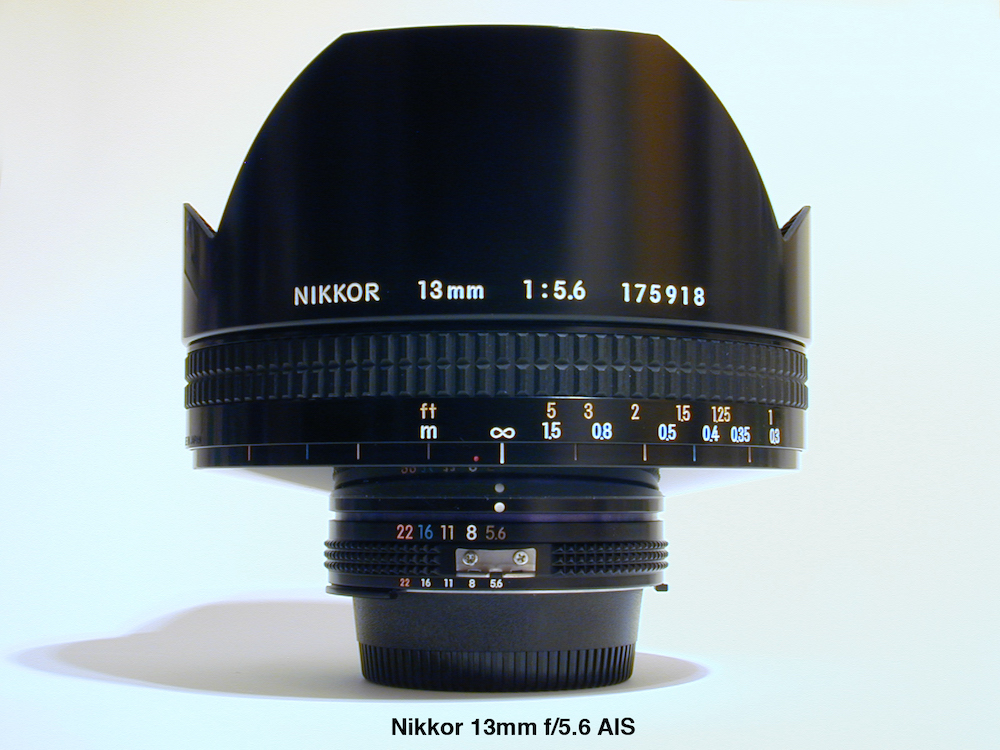

One of the easiest ways to see this is to look at two lenses manufactured decades apart, one of which depends on software correction, and a much older lens that does not. Nikon ultra-wide angles are instructive, although there are plenty of other examples. Nikon introduced a 13mm f5.6 back in 1979 – of course, it couldn’t depend on software correction. For decades, it was the widest non-fisheye lens “in production”. Forty years later, they introduced a 14-30mm zoom lens for Z-mount (there had been some intermediate 14mm lenses, although Nikon has still never released another 13mm or wider lens that covers full-frame). The old 13mm f5.6 is a stop slower than the newer zoom, it’s 2.5 times as heavy, it is almost 1.5 times as large in diameter, and it’s not a zoom. It has a huge, bulbous front element just waiting to be scratched – and don’t even think about using a filter on it. Most prohibitively, it cost $8229 in 1979 – equivalent to just under $34,000 today. Only about 350 were ever made, and it was always a special order lens, although it remained in Nikon’s catalog for nearly 20 years.
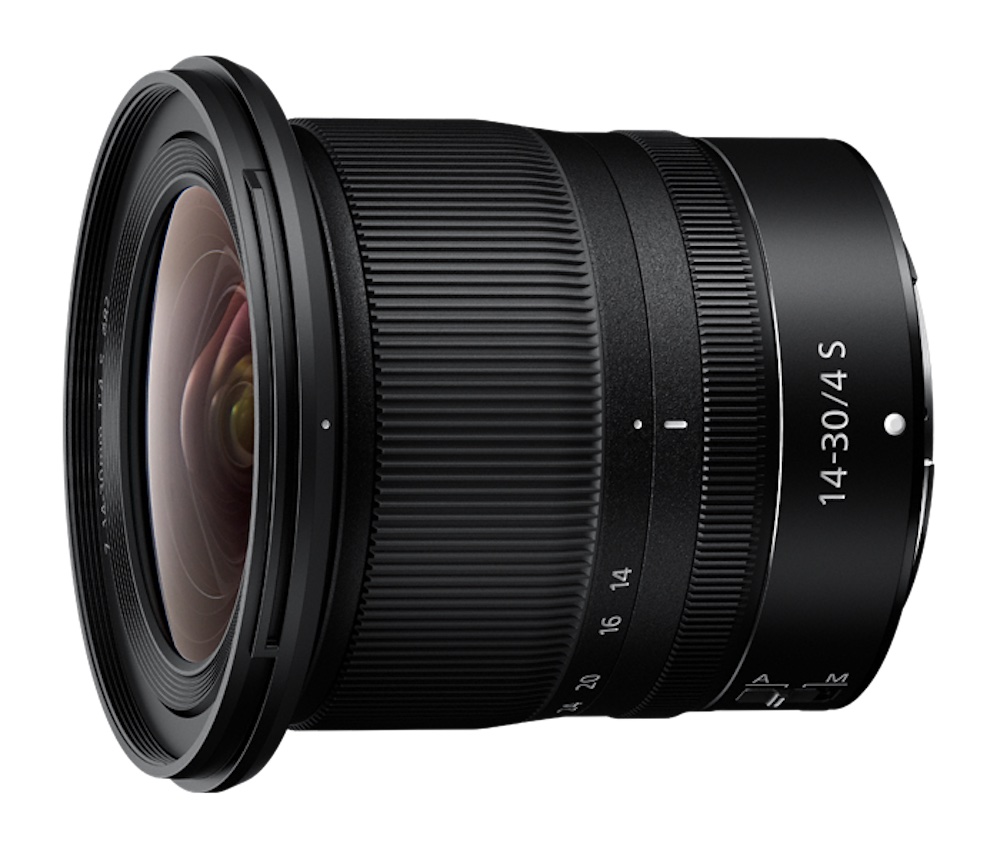

The 14-30mm f4 is sharper than the old 13mm by a significant margin. It weighs just over a pound and is a very compact and nicely handling lens. The newer zoom accepts standard 82mm filters. It’s a standard production lens, for sale at any full-line camera store for $1349, although it’s discounted to $1149 at the time of writing. It has two additional features – 14mm is the wide end of a zoom lens that allows the photographer to frame precisely, getting interfering branches and the like out of the image, and it’s a stop faster. The price to pay is that it has a lot of barrel distortion at the wide end of the zoom range. If you could attach it to a film camera (it’s a Z-mount lens, so that’s impossible), it would produce an image that looks like it was taken with something between a Lensbaby and a fisheye lens.
Any raw converter that is reasonably compatible with the Z-mount cameras knows about this lens and corrects the distortion right out, and all compatible Nikon cameras remove it from JPEGs. Yes, some pixels are stretched and others are discarded in the corners. That auto-correction is the price we pay for having a reasonably sized and priced 14-30mm lens. If Nikon tried to build a 14-30mm f4 that got rid of the distortion optically, it would be several times the size, weight and price of the electronically corrected lens, and it might very well be nowhere near as sharp. Any modern ultrawide lens or superzoom is going to require electronic corrections, and an increasing number of lenses outside of those categories use them – either to reduce size and price or to increase other aspects of optical performance.
We can certainly argue about the merits of lenses that more or less require software correction (most ultrawide zooms look like Lensbabies without software correction) versus lenses that merely appreciate it (most current zoom lenses expect and benefit from it, but the average recent 24-70mm f2.8 looks pretty good without correction). The lenses that really don’t use software correction at all tend to be primes of normal or longer focal length or telephoto zooms with modest zoom ranges. Yes, there were wide zooms and superzooms in film days, but there were precious few ultrawide zooms, and superzooms were much more compromised in performance than they are now. 20-35mm zooms were about as wide as it got ,and superzooms tended to start at 35mm – Canon’s 35-350mm was a nicely film-friendly, low distortion superzoom introduced well before digital became popular– but it was a 3 lb lens. The cheaper, lighter Sigma, Tamron and Tokina superzooms of the film era tended to be optically forgettable at best. To get 14-30mm, 24-200mm and 12-24mm full-frame lenses that we can carry and afford, electronic correction is a necessity. The good news is that photographers who don’t like electronic correction can avoid it – stick to primes no wider than about 24mm, plus short-range zoom lenses above about 28mm, and most decent lenses won’t require it, although it may be available.
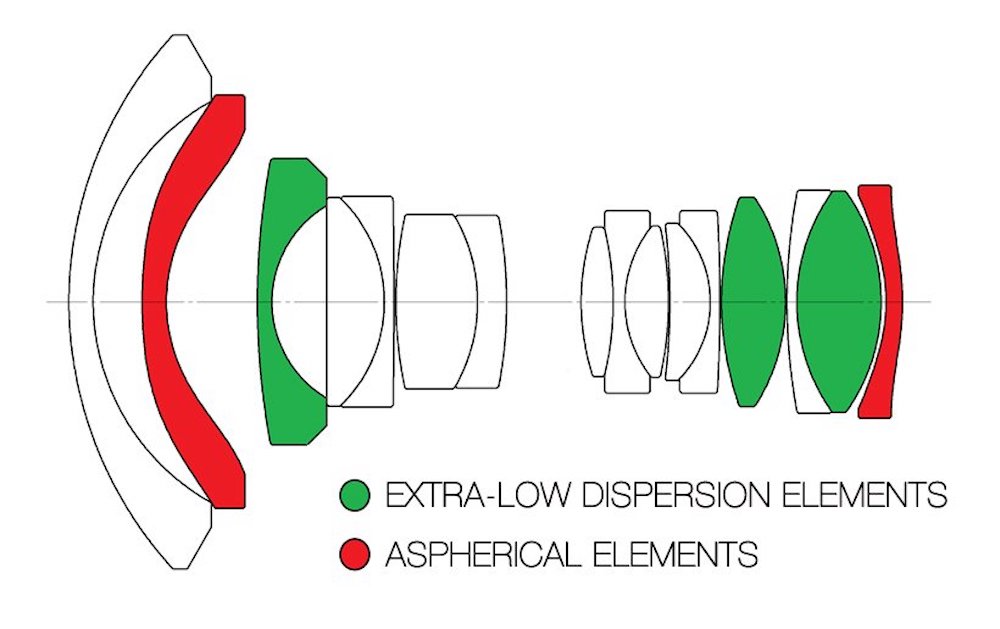

There have been several other revolutions in lens design that don’t directly have to do with computers (whether used in design or in image processing). The first is the easy availability of aspheric lens elements. Lens designers have long known that elements with a varying curvature, called aspheric because there is no sphere from whose surface the lens’s shape could be cut, are a powerful tool for reducing optical flaws. An aspheric element can correct spherical aberration and other optical flaws that would take several conventional, spherical lens elements to correct. The catch is that aspherics are difficult to grind and polish, limiting their use to very expensive lenses – until an alternate way of making them became good enough for camera lenses. Leica has long made a few lenses with a ground aspheric element, but they were expensive even by Leica standards and available in limited numbers. They occasionally showed up in other relatively exotic lenses – several of Canon’s manual focus f1.2 lenses used aspheric elements that must have been painstakingly ground to shape.
There are two alternatives to manually or semi-automatically grinding these unusual shapes that have made aspheric elements much more widely available – to the point that Canon, Nikon, Sony and Fujifilm are all employing aspherics in their most common kit zooms. We’re also seeing aspheric elements in third-party lenses, ranging from high-quality optics like Sigma ART lenses (where they are absolutely no surprise), all the way down to inexpensive manual focus lenses selling for less than $300. In a lens that is going to be produced in high volumes, molded aspheric elements have become common. Molten glass or optically clear plastic (or both – hybrid glass/plastic aspheric elements exist – they’re based on a spherical glass element, but bonded to a bit of plastic that adds the aspheric shape) is poured into a mold cut to the aspheric shape, then polished.
Molded aspherics have been around for a while, but molded aspherics of the size and quality necessary for a high-quality camera lens are a more recent development. Extreme aspheric shapes that would have been difficult or impossible to grind are possible to mold, giving an additional degree of freedom to lens designers. A molded aspheric is often cheaper than the several conventional elements it replaces. The other way of producing aspheric elements for more exotic lenses where production volumes may not justify the initial expense of a molded element is to grind them, but using a fully automated robotic tool. A computerized grinder can only produce one lens element at a time, but it can produce them without the initial expense of the mold, and without the very high labor costs of grinding the element with a lesser degree of automation. At this point, a lens designer can use aspheric shapes, including extreme curvatures that were not readily available (or perhaps available only to NASA) a couple of decades ago, pretty much at will.
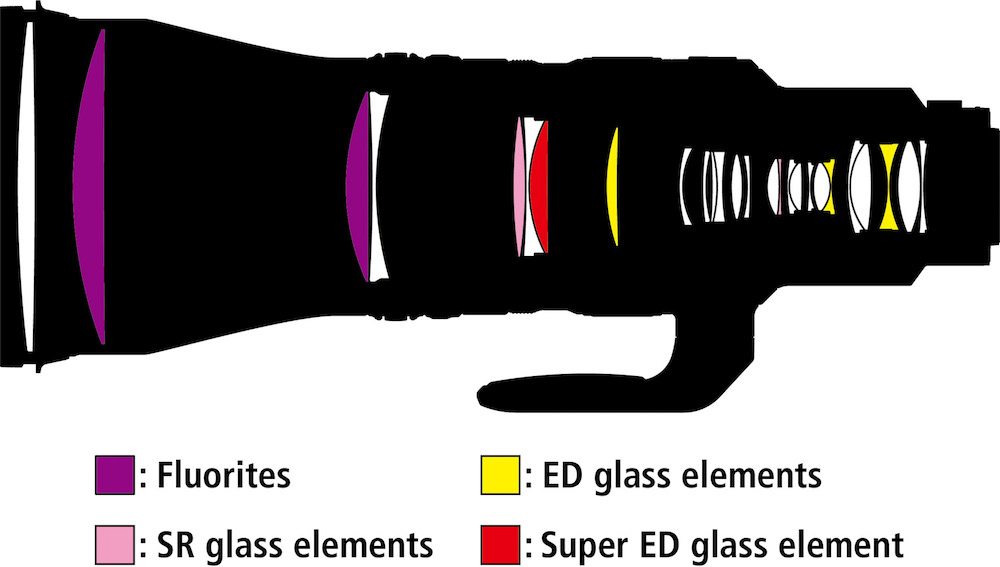

In addition, exotic glass formulations that correct chromatic aberration have become more widely available at reasonable cost. Achromatic lenses using two different types of glass to focus two wavelengths of light to the same point actually date from the middle of the 18th Century, and even apochromatic lenses (three types of glass, focusing three wavelengths at exactly the same point) were in existence by the later 18th Century, so the basic principle is not new. Essentially every modern lens is (at least) an achromat, and apochromats are often claimed.
Correcting chromatic aberration requires the use of several different glass formulas with differing dispersion properties. Higher-dispersion flint glasses are not a problem – they are essential to lens design, but also commonly available for centuries, at low cost. Lower-dispersion crown glasses have been available for centuries as well. The problem is that, in order to produce a lens with really fine performance, you need a third type of glass (or some other transparent material) with lower dispersion than a common crown glass. There are exotic glasses that will do that, and there are non-glass materials like fluorite crystals that will also work.
Until the early 2000s, lenses with ultra-low dispersion elements were fairly rare. Canon and a few others produced some exotic telephotos with fluorite elements (which are not the same thing as fluoride coatings, although both involve the element fluorine). Nikon used exotic glasses in ED telephotos, but until after 2000, lenses that used ultra-low dispersion elements of any type were pretty much limited to fast, exotic telephotos. Lens designers knew the benefits, but the costs were high enough that they really weren’t practical except in expensive lenses. Sigma made some claimed apochromatic lenses in the 1990s, but they didn’t actually perform all that well. Modern Sigma ART lenses are excellent, and at least close to being true apochromats – oddly, Sigma has become more reticent about claiming apochromats as their lenses really might be.
In recent years, a third type of glass has become much more common, and many major-manufacturers are using three types of glass elements, including in relatively inexpensive lenses. Nikon, Sony and Fujifilm all use this glass (variously labeled ED, UD, SLD or spelled out extra-low dispersion or ultra-low dispersion) in kit zoom lenses of various types. As a matter of fact, the first time I was aware of ED glass showing up all over the place was in 2004, when I noticed that the kit lens for the Nikon D70 was labeled 18-70mm f3.3-4.5G ED-IF, and it carried the gold ring Nikon likes to use on ED lenses. This was an inexpensive lens that sold for $500 or so on its own, and under $300 with a body – and Nikon was claiming it’s an ED lens? It was an unusual and impressive performer for a kit lens of the time, too – maybe it really was an ED lens?
Three types of glass doesn’t necessarily make a true apochromat, but lenses that contain three types of glass do tend to reduce color fringing substantially. Recently, we’ve seen a few lenses that contain four different types of glass – Fujifilm, Nikon and Sony call the fourth Super ED, Canon calls it Super UD, Sigma calls it FLD (fluorite low-dispersion). I am not aware of any current photographic lens claiming to be a superachromat (a lens that focuses four colors of light in exactly the same plane), but a well-designed lens with four element types should reduce chromatic aberration even beyond one with three. The only still photo lenses I am aware of that ever claimed superachromat status were a couple of the Carl Zeiss telephotos for Hasselblad V cameras.
A few lenses, mostly expensive exotic telephotos, use even more than four element types – all of the basic four (crown-type, flint-type, ED, Super ED) plus fluorite crystals. I’ve even seen a lens or two that claims all of the above plus what Nikon calls SR (short-wavelength refractive) glass. Canon calls an element similar to Nikon’s SR glass BR (blue refractive), but I’m not aware of a lens that combines it with fluorite. ED glass has gotten cheap and available enough that even some of the inexpensive manual focus lenses that are proliferating use some version of it. There is no clear definition of what is ED glass and what is really a low-ish dispersion crown type glass, and I suspect that some inexpensive lenses claiming ED glass might not be using the same glasses that show up in more expensive lenses. Still, there is something going on in lens design when there are $200 lenses claiming both ED glass and aspheric elements – technologies that, as recently as the turn of the millennium, were found at the very top of the camera makers’ lens lines, plus a few exotic telephotos from Sigma (not all of the claimed APO lenses, but the high performers at the top of the range).
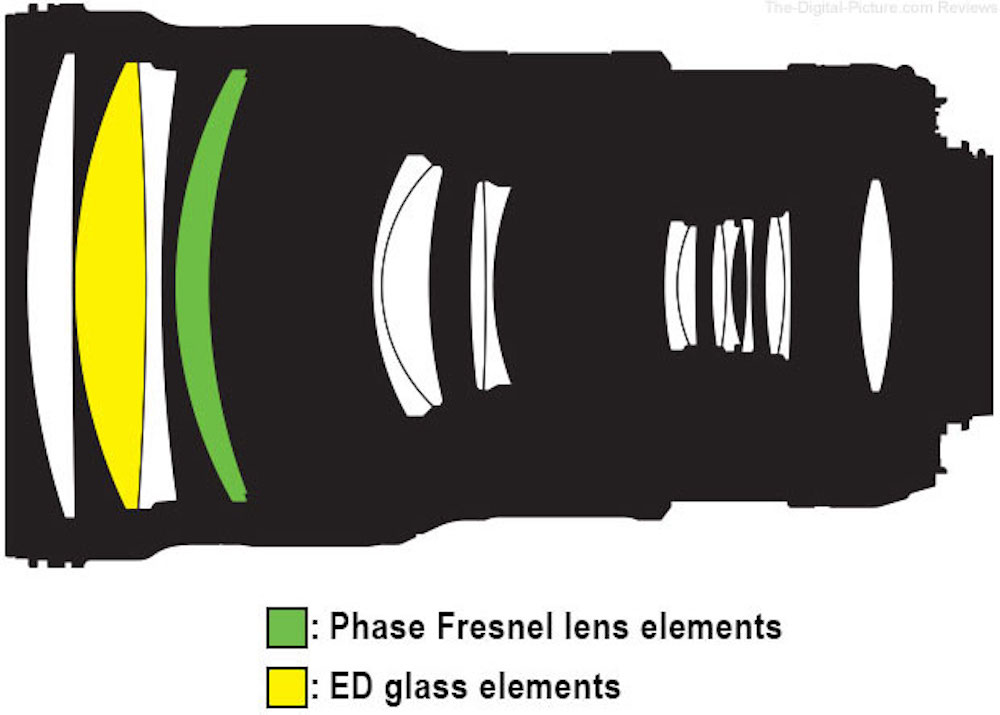

There is yet another type of exotic element that has made its way from your local lighthouse into a few, very compact telephoto lenses. A Fresnel lens can bend light more radically than a similarly sized conventional element. Canon pioneered the use of Fresnel or closely related lens elements in the early 2000s with the 400mm f4 DO (Diffractive Optics) lens, and followed it up relatively quickly with a 70-300mm DO zoom. Neither of those lenses acquired a particularly good reputation or sold especially well (although there is a well-respected second-generation version of the 400mm prime). It was Nikon, however, who took the technology mainstream with their 300mm f4 and 500mm f5.6 PF lenses. I suspect we’ll be seeing a lot more Fresnel telephotos, and several more already exist.
In addition to computers (both on the design side and correcting the results), aspherics and exotic glass, lens designers have one more new arrow in their quivers. SLR lens mounts had a major constraint – lenses had to clear the mirror. The lens mount was located a long way from the film or sensor plane, and the lens designer generally could not stick an element inside the camera, because there had to be room for the mirror to flip up. This rule was occasionally violated, especially with very wide or fisheye lenses which don’t really have to be aimed through the finder – a level is actually more important. Some fisheyes did put an element inside the camera, and had to be used with the mirror locked up. Mirrorless cameras, of course, have no mirror, and the lens mounts tend to be both wider and shallower than a typical SLR mount, giving the lens designer extra freedom. Nikon’s Z-mount is especially wide and shallow, and it probably has something to do with the string of home runs their lens designers have been hitting.
Looking at individual types of lenses, it’s worth starting with standard lenses. Until the Zeiss Otus series came out around 2013, followed relatively quickly by some similar designs in the Sigma Art series, most lenses between about 28 and 85mm on full-frame were essentially modified Zeiss Planar designs. The original Zeiss Planar was, amazingly, designed in 1896. It was a nearly symmetrical six element, four group double-Gauss design, although many modern Planar-type lenses use seven or even eight elements, adding one or two corrective elements beyond the classic Planar, generally closest to the mount. Some Planarish lenses also uncouple one or both of the cemented groups in the original Planar design, leaving them with five or six groups.
The 2008-vintage Nikkor 50mm f1.4G (still sold and the most recent fast 50mm F-mount Nikkor) is a typical modern modified Planar. No, it’s not really a 100-year old lens – Planars weren’t truly practical until the 1950s, because they need good anti-reflective coatings that didn’t exist in 1896. They have a lot of air-to-glass surfaces (by 1896 standards), and a less sharp four-element Tessar will outperform an uncoated Planar. The diagrams below show the original Planar design from 1896 and three fast normal lenses, all from Nikon – the original Nikkor-S 50mm f1.4 from 1962, the last of the Nikon50mm f1.4 Planars from 2008 and the 50mm Nikkor Z f1.2 S from 2020. To quote Sesame Street, “One of these things is not like the others”.
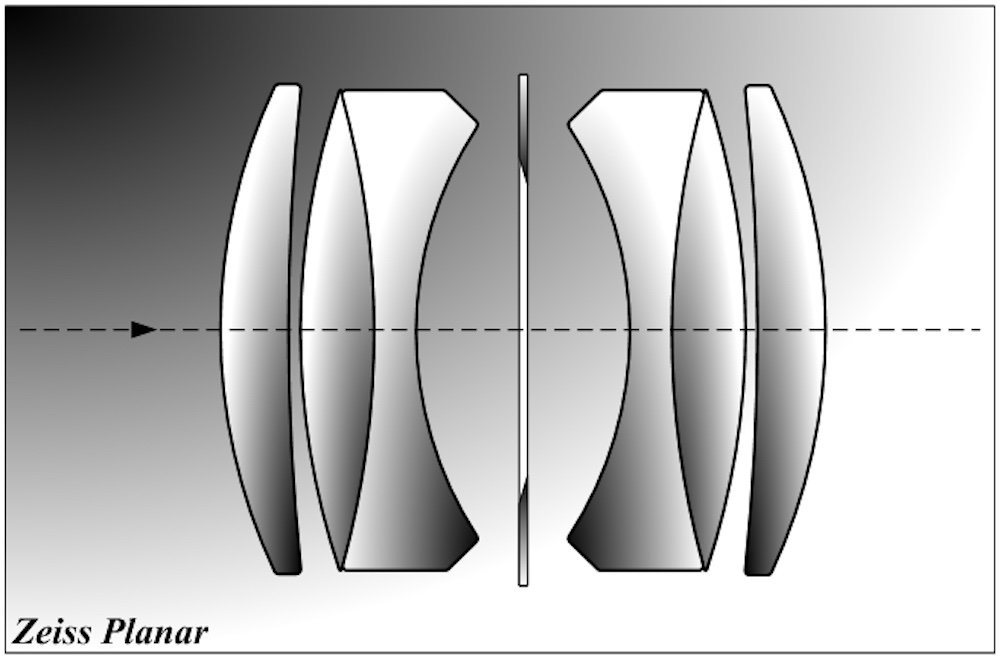

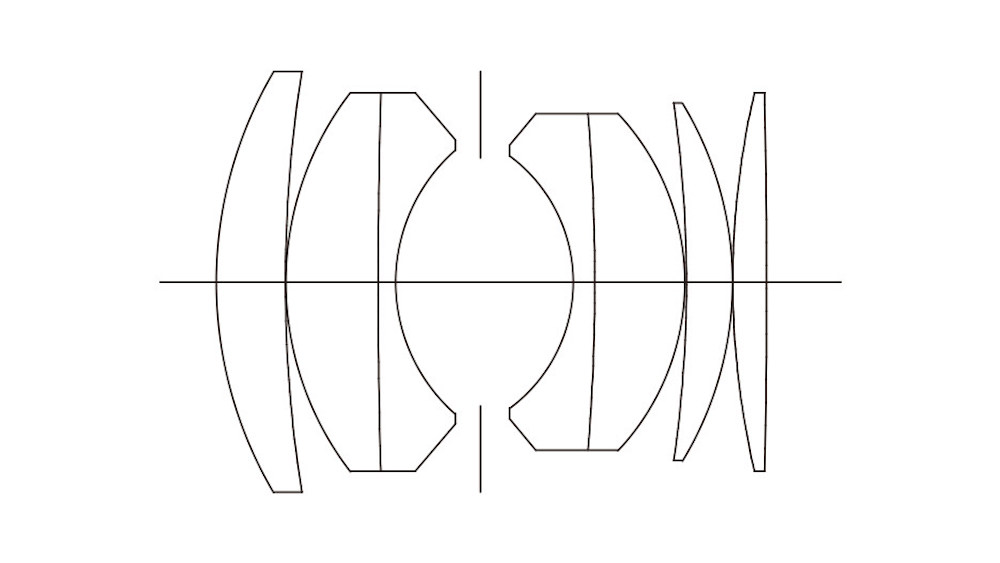

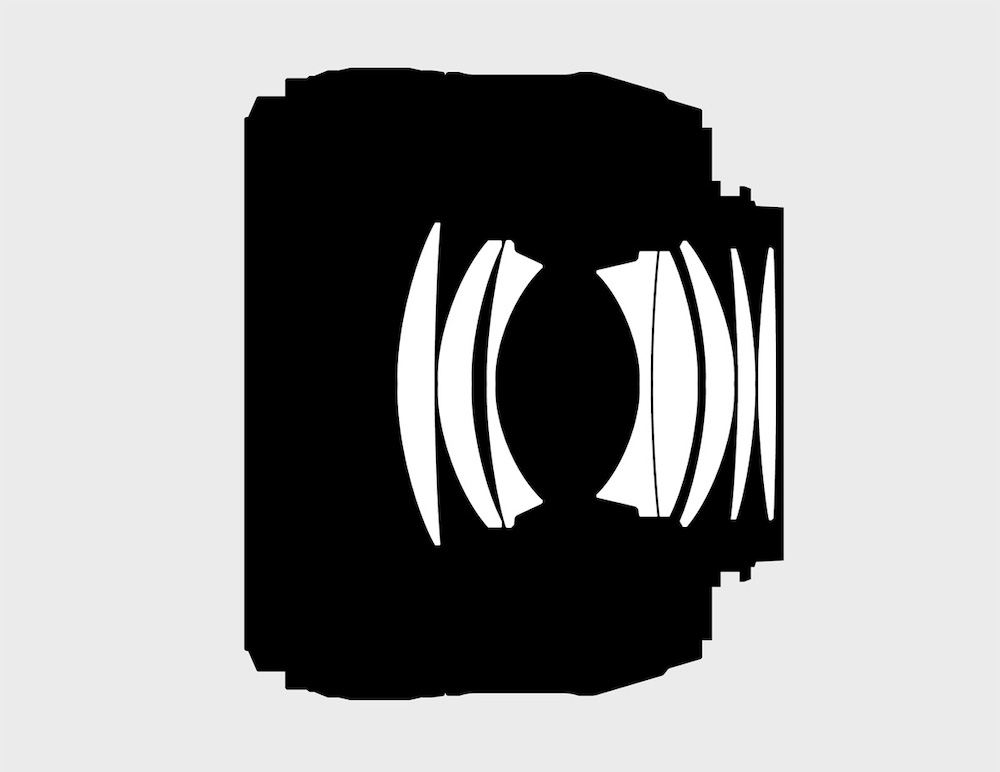

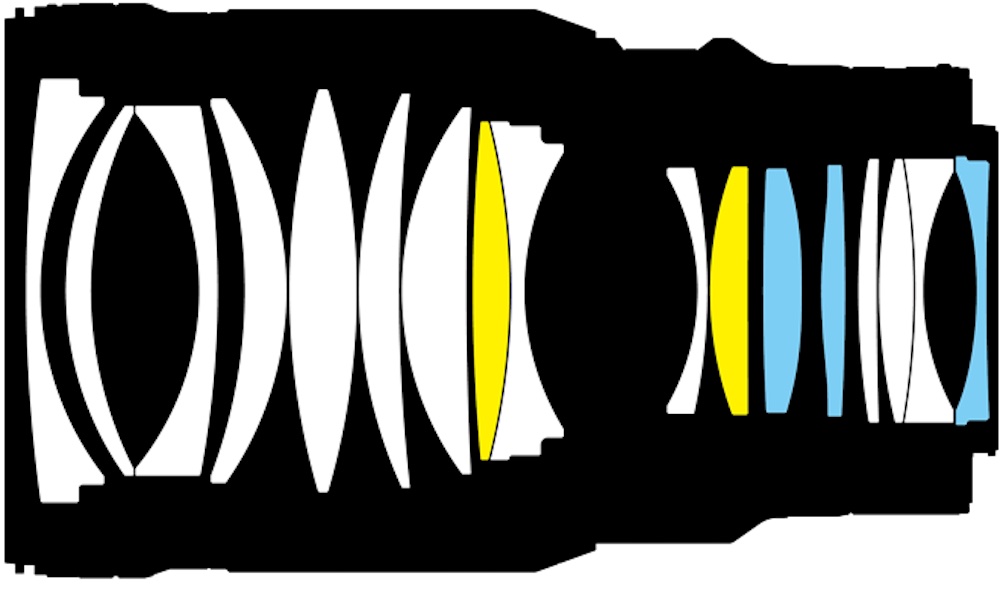

2020
There are still a lot of Planarish lenses on the market, and a good one is certainly not a bad performer – it’s just not going to perform like a modern lens with a double-digit element count and a couple of ED and aspheric elements. Most midrange primes for DSLRs are Planar-type lenses – the Zeiss Otus lenses are exceptions, as are Sigma ART lenses. Most very fast lenses for mirrorless systems are NOT Planarish designs. Interestingly enough, the Zeiss 50mm f1.4 ZA for Sony FE explicitly calls itself a Planar, but is actually a 12 element, 9 group design that is not anywhere close to symmetrical and contains multiple aspheric and ED elements.
Where it gets interesting is in medium speed mirrorless lenses. Canon and Sony both offer sub -$250 six element Planarish lenses as their 50mm f1.8 choice – pretty much a standard cheap DSLR prime remounted for mirrorless. Nikon goes to the other extreme with the Nikkor Z 50mm f1.8, which uses 12 elements in nine groups (including two aspherics and two ED elements) and is getting close to Otus-level performance. Sony offers a more modern 50mm f2.5 lens that performs far better than the cheap f1.8 option, along with several faster normal lenses, but Canon only has two 50mm RF lenses – the $200 f1.8 optic and a $2100 50mm f1.2 that is an incredible performer. Canon has also kept third party AF lenses off the RF mount, so there’s not a Sigma ART or the like to fill in the gap. This is a major weakness of the Canon RF system – Nikon, Sony, Fujifilm and even L-mount have broad ranges of high performance primes using ED and aspheric elements, from the camera makers, Sigma and others, including medium-speed lenses Canon is missing quite a few high-performance primes below the expensive (and absolutely superb) L series, and they won’t let third parties fill the gap.
In the telephoto realm, it’s lenses below the flagships where we’ve seen most of the innovation. The long, fast primes have existed since the 1970s, and have improved over the years – but they have always been the best lenses their makers knew how to make. Additionally, they have always outresolved film and digital sensors. If you put a 300mm f2.8 from the 1980s on a modern pixel monster, it might or might not outresolve the sensor – I’ve never tried. Any of the big, fast primes will be stunning on any camera of roughly the same generation. In practice, those lenses get replaced because of focusing performance, not optical performance. Photographers whose income depends on capturing a split second buy the latest lenses (and bodies) to split that second a little finer. What’s been lacking is quality telephotos without spending exotic prime money, and we’re seeing those now, much more than in the past.
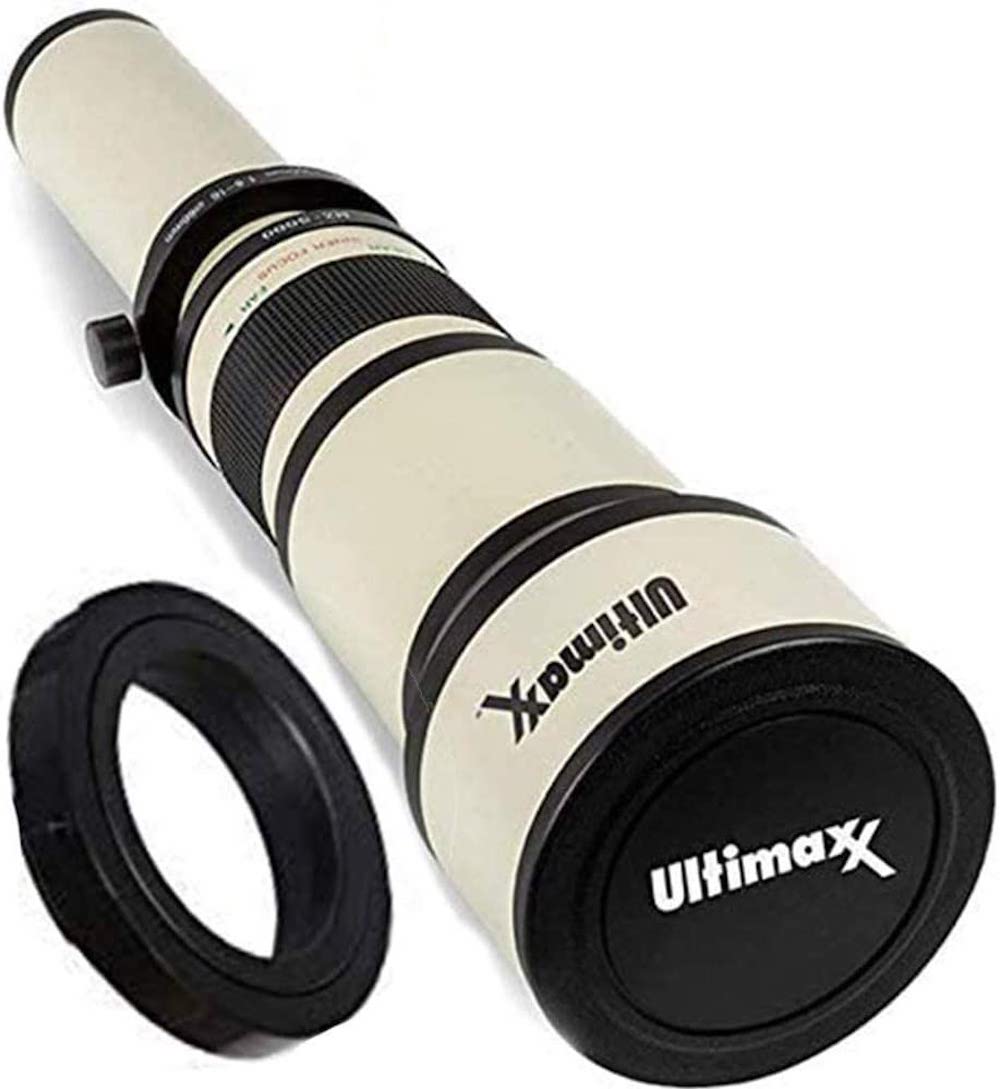

Before 2000 or so, the options below the long, fast exotics were largely cheap, very slow lenses with terrible image quality – often versions of a Galilean telescope, with very simple optical designs. They used to proliferate in the back of Popular Photography – remember Cambridge Camera Exchange? Those lenses are still around – sold on Amazon these days, with names like JINTU, Lightdow or no brand name at all – simply described as long-range or high-power lens.
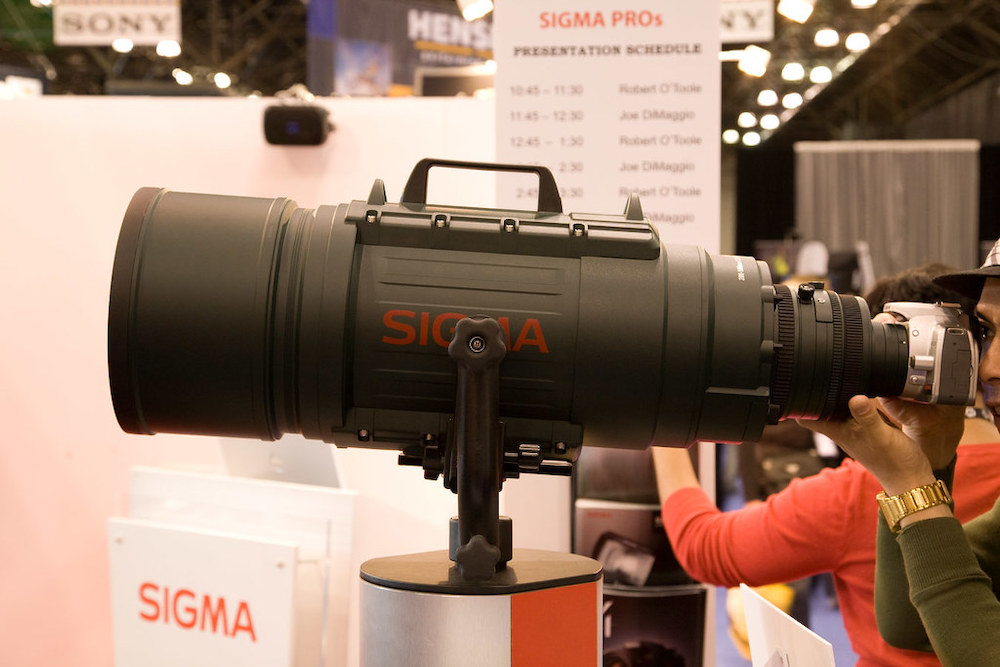

There have always been intermediate options, but nowhere near as many as there are now. Canon and Nikon have been good for a few mid-priced primes apiece since the 1960s (often something like a 400mm f5.6), and Sigma usually had a few primes and zooms, ranging from “barely better than the no-name Galileans” to some beautiful ultra-exotics they can’t have sold many of. If you haven’t seen a 200-500mm f2.8 “Sigmonster”, it’s worth tracking one down to gawk at. Before PhotoPlus disappeared, the Sigmonster was always one of the highlights of the show – they generally brought two, one of which they suspended from the ceiling on some relatively transparent (but strong – the Sigmonster’s HEAVY) lines. It’s the ONLY non-broadcast lens I know of with its own (substantial) rechargeable battery.
Just before the turn of the millennium, Canon introduced a reasonably priced, reasonably sized 100-400mm f4.5-5.6 L-series zoom. It wasn’t significantly larger, more expensive or less sharp than a 400mm f5.6 prime, and it was a lot more versatile. Nikon quickly followed suit with a similar 80-400mm lens, and we soon had versions from Sigma, Tamron and others. Sony had one within a couple of years of buying Minolta, and Fujifilm joined the party in 2016. Sigma and Tamron experimented with similar lenses with maximum focal lengths of first 500, then 600mm – but they are awkward to handle – they are trombone zooms that have enormous front elements that extend a long way at maximum telephoto. They’re a couple of pounds lighter than something like a 600mm f4, but almost as long at maximum extension, and arguably at least as awkward to handle because their balance is lousy. Canon and Nikon were producing decidedly exotic 180-400 or 200-400mm f4 zooms that matched their 300mm f2.8, 400mm f2.8, 500mm f4 (4.5), 600mm f4 prime lineups. These lenses were in the same price bracket as an exotic prime, but offered three standard focal lengths (plus intermediates) at the loss of one stop of light (well, two at 200mm). The latest versions have a built-in teleconverter that adds 500 and (almost) 600mm options one stop slower than the big prime.
In recent years, Sony and Nikon have changed the long game again… Nikon had quietly released a world-changing 300mm f4 lens in 2015. A high-quality 300mm f4 for $2000 seems perfectly normal, even a little expensive – but one that weighs 755 grams (barely over 1.5 lbs) and is small enough to easily mistake for a 24-70mm f2.8 is not… A 300mm f4 is supposed to look like a slightly longer and skinnier 70-200mm f2.8, right? Not a 24-70mm? The Nikkor 300mm f4 PF changed those rules – it uses a Fresnel lens which behaves differently than a standard optical element, shortening and lightening the lens enormously… Canon had tried the same idea, but Nikon was much more successful. In 2019, Nikon released a 500mm f5.6 using the same PF technology – that one looks like a 70-200mm f2.8. Just this year, they released an 800mm f6.3 PF – that one’s a big, expensive lens, as reasonable-speed 800mm lenses have to be, but it is half the weight of Nikon’s own conventional 800mm f5.6, and significantly less than half the price.
Sony has a lens that is as revolutionary as the PFs, because of its quality, price and focal length range. Their 200-600mm f5.6-6.3 was Lens of the Year on LuLa a couple of years ago, and nobody’s introduced a lens quite like it yet. While its specs don’t look that different from the top end of the 150-600mm trombone lenses, it has one revolutionary feature. It’s an internal zoom. It’s a foot long at 200mm, but it’s only a foot long at 600mm. It handles like an exotic, not like a trombone! Image quality is closely approaching the exotic class – yes, something like the Nikkor 500mm f5.6 PF is a smidge better, and a new 600mm f4 from any of the Big Three is probably a smidge better than that – but we’re splitting hairs.
The Sony 200-600mm is a very sharp lens. It handles like an exotic, it’s getting close to that level of image quality – what does it cost? The answer, amazingly, is $2000. That’s trombone zoom money, and it buys a lens that covers 300mm and especially 400mm, 500mm and 600mm very well. It’s a slowish lens at 300mm, although there’s no faster 300mm in FE-mount, and it’s an impractically large, ridiculously slow 200mm lens that you’d only use that way in an emergency or if you were mostly shooting much longer and pulled back for a few shots. It’s about as good a lens as Sony’s 100-400mm, maybe a bit better. The two Sony lenses compare favorably to Canon’s latest 100-400mm and the most recent F-mount Nikkor – the very recent Z-mount Nikkor may be better – but it covers 500mm and 600mm, and it costs LESS than the 100-400mm lenses. It’s a complex, exotic-type optical design, as it would have to be to do what it does, with 24 elements (1 aspheric, 5 ED, with Nano and fluorine coatings) in 17 groups. It’s basically a longer, slower version of a 200-400mm f4 type design prior to internal teleconverters – how does it NOT cost $5000?
Fujifilm just announced a similar lens (also internally zooming) that goes a little wider – their 150-600mm f5.6-8. It’s an APS-C lens, while the Sony is full-frame. I suspect the Fujinon would cover full-frame if Fujifilm made full-frame bodies, since coverage is generally not an issue for long telephotos – enough so that I wonder how much they’d have to modify it to make a GFX version? If it wouldn’t be too hard, it might be worth it (would it simply be a matter of removing some baffles and changing the mount)? It’s the same price as the Sony, but it loses 2/3 of a stop at the long end. It’s somewhat lighter, mostly due to the aperture, rather than the format. I haven’t used one, but a very technical review on OpticalLimits reports that it is a very sharp lens – unfortunately, it is diffraction limited wide open, especially on the new 40mp bodies. The combination of the Sony lens being faster and the full-frame sensor being less dense allows the Sony to escape diffraction and deliver quite a bit more detail at the center of the frame (where you most need it for sports and wildlife) than the Fujinon can. Since the major issue is diffraction, no optical design can fix it – a f8 lens is simply not fast enough to deliver maximum resolution on a 40mp APS-C camera.
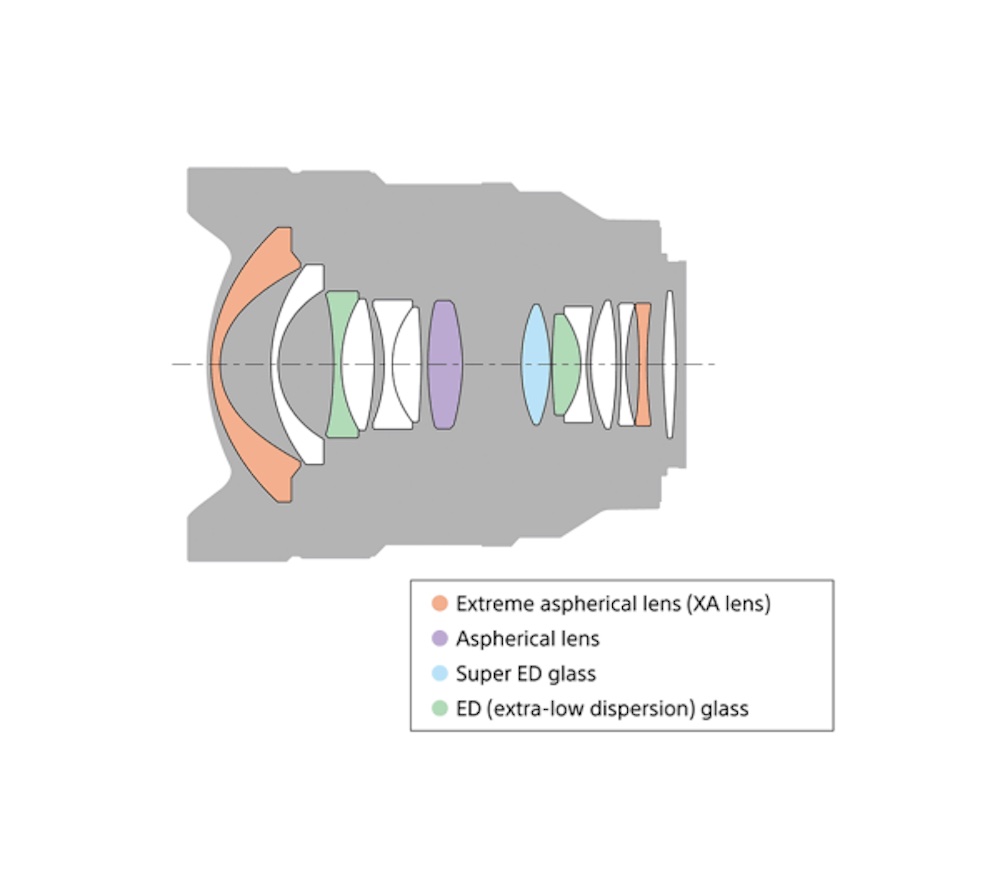

At the other length of the focal length range, computer-aided design, aspheric lenses and electronic correction are letting wide angles get ever wider. Zoom lenses in particular start at ever-shorter focal lengths. Dedicated full-frame wide-angle zooms are getting wider – around 2000, they tended to be 20-35mm, while today’s widest start at 12mm or occasionally even wider, and anything that doesn’t start at 14mm or shorter is a questionable ultrawide. Wide to normal zooms and superzooms also start wider and wider. The standard zoom of the 1980s and 1990s was a 35-70mm, which was replaced by lenses that start at 28mm and now 24mm. Sony is rumored to be close to introducing a full-frame 20-70mm lens. Even full-frame all-in-one travel lenses are largely 24-200mm designs.
The same thing is happening in APS-C and Micro 43. APS-C standard zooms tended to start at 18mm (27mm equivalent), whether they were compact 18-55mm kit lenses or 18-200mm or longer travel zooms. Micro 43 lenses tended to start at 14mm (27mm equivalent). The standard for Micro 43 is pretty clearly now a wide end of 12mm, and Fujifilm in particular has been pushing APS-C lenses towards 16mm wide ends. Ultrawide primes have gotten wider or faster, because zooms are common in the former wide prime territory – common ultrawide focal lengths like 18mm and 20mm are now found in the middle of zoom lens ranges, and even 14mm is featured on a considerable number of zoom lenses. Ambitious wide angle primes are becoming less common, but there are a few worth noting. Both Sony and Sigma have 14mm f1.8 lenses available. The Sigma is a big, heavy lens, perhaps in part because it’s originally a DSLR lens and has to clear mirrors. The Sony is a remarkably compact lens – and it would not be possible without modern lens design tools. The front element is one of the most unusual aspherics I have ever seen, and would have simply been impossible to make until recently.
The widest non-fisheye lens in the photographic world is the Laowa 9mm f5.6, a fully manual lens from a less well known manufacturer. Looking at that specification, the first reaction is “that’s a Micro 43 lens, right? – or at most APS-C???” It’s actually a full-frame lens! It’s not an incredibly sharp lens, nor an optically perfect one in other ways – it has barrel distortion and significant vignetting – but it’s a 9mm full-frame lens with an angle of view of 135 degrees! There are a couple of manual 10mm lenses with angles of view around 130 degrees available from similar manufacturers, including a 10-18mm full-frame zoom from Laowa themselves. No major manufacturer has come close to a lens that wide, so there is none that offers autofocus (not very useful at those focal lengths), electronic communication or state of the art image quality. The widest lens from a major manufacturer is Canon’s 11-24mm EF zoom with an angle of view of 126 degrees, followed quickly by several 12-24mm lenses with fields of view around 122 degrees.
Real wide-angle capability (wider than about 24mm equivalent) in any format larger than 35mm has been rare and exotic until very recently. There were a few primes on some medium format systems, most notably a 28mm that covered 645 film in the Mamiya system (which is recent enough that it debuted as an autofocus lens). Most of the short focal length primes from the medium format film days are actually fisheyes. If really wide medium format primes are rare, really wide medium format zooms were unheard of until this year.
I currently have the Fujifilm GF 20-35mm f4 in for testing – in full-frame terms, it would be a 16-28mm f3.2 or so, and, amazingly, that’s exactly what it looks like. It’s significantly larger than a 16-35mm f4, but smaller than a 14-24mm f2.8 (except for the very compact new Nikkor Z lens). It really looks and feels like a full-frame lens – so much for medium format wide angles being huge. It is certainly (by far) the widest medium format zoom lens ever made. As far as I can tell, it’s the widest major-manufacturer medium format lens (prime or zoom) ever manufactured, except for a few fisheyes. It is quite a bit wider than the legendary 38mm Zeiss Biogon that was permanently attached to Hasselblad SWC cameras, even after accounting for the format difference (the Biogon was roughly equivalent to a 21mm lens on 35mm, while the 20-35mm is just a bit wider than a 16mm). Preliminarily, the image quality looks very good – I’ll have a lot more to say when I start printing some of the results from it.
There is a Laowa 17mm f4 available for the GFX system, but it’s actually a 12mm f2.8 full-frame lens with a 1.4x mount-converting teleconverter permanently attached. Teleconverters increase not only effective focal length, but also format coverage by the same amount, so an APS-C lens on a converter automatically covers full-frame, and a full-frame lens on a converter covers GFX by definition (unless there are baffles in the design to deliberately limit coverage in order to limit reflection). I haven’t used one, but the reviews I have seen say that it’s a decent lens, but not up to the standards of the Fujinon GF lenses. This is absolutely no surprise, given that it’s both a relatively inexpensive manual lens from a newer manufacturer and an optical hack not originally designed for medium format.
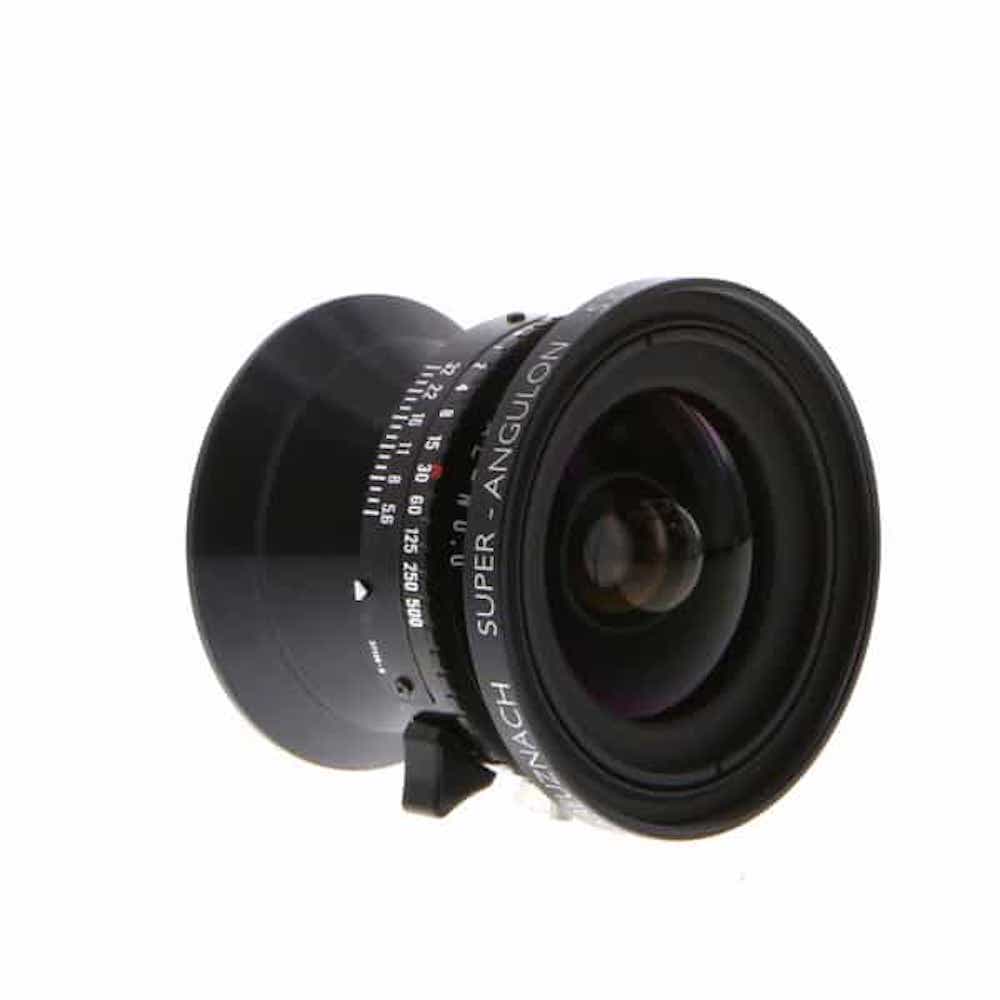

There is one more wide lens for big cameras, and it’s been around for quite a while (mid-1990s). It’s the Schneider Kreuznach 47mm f5.6 Super-Angulon XL. How’s a 47mm an especially wide lens? Well, its maximum film format is 4×5”. It’s often used on 6×12 cm panoramic cameras, where its angle of view is not quite as wide as the Fujinon, and significantly narrower than the Laowa. It will also work on a 4×5” view or field camera, where its angle of view is competitive with the Laowa – amazingly, it actually supports a little bit of shift, making its maximum angle of view even a bit wider. It’s no longer available new, but it is relatively common on the used market. Make sure you have a bag bellows on your view camera, and you’ll need a recessed lensboard as well – not every 4×5” camera will focus a 47mm lens.
The only way to use this lens digitally at anything near its maximum coverage is to shoot film and scan it or use a BetterLight scanning back. Extremely large single-shot digital sensors are occasionally discussed, but none has ever become a viable product. A company called LargeSense seems to have sold a few (maybe less than ten, almost certainly less than a few hundred) very low-resolution tethered 4×5” and even 8×10” sensors, and RED (yes, the cinema camera people) announced but never produced a high-resolution 6×17 cm sensor.
We live in a world of unparalleled lens flexibility – excellent choices from 12mm to 600mm are readily available in full-frame for reasonable prices. 9mm is available from a Laowa lens with more compromises than a good camera manufacturer (or Sigma) lens, and 800mm is possible in several ways. There are 800mm lenses slow enough that diffraction begins to kick in, both natively from Canon and by attaching a teleconverter to the Sony 200-600mm or one of the Sigma or Tamron zooms. There is a native 800mm (the 800mm f6.3 PF Nikkor) that is fast enough to avoid diffraction and not as big or expensive as such lenses used to be.
APS-C will go a little longer in equivalent focal length – nothing can put as many pixels on a distant bird without teleconverters as the Fujinon 150-600mm on a 40 MP sensor, although it’s slow and probably diffraction limited. APS-C gets as wide as full-frame (not counting the Laowa lens), since Fujifilm has an 8-16mm zoom that reaches 12mm equivalent. Medium format doesn’t get as wide or anywhere near as long, with an effective focal length range from 16mm to 200mm, extended by a Laowa lens to 13mm to 200mm. On the other hand, the GF lenses I have used are uniformly superb, and most genres of photography take place between 16mm and 200mm, especially those for which a relatively slow frame rate is acceptable. Sports and wildlife are, of course, not fully covered in medium format – but the frame rate and autofocus of Fujifilm GF and Hasselblad cameras are as limiting as the lenses for those genres.
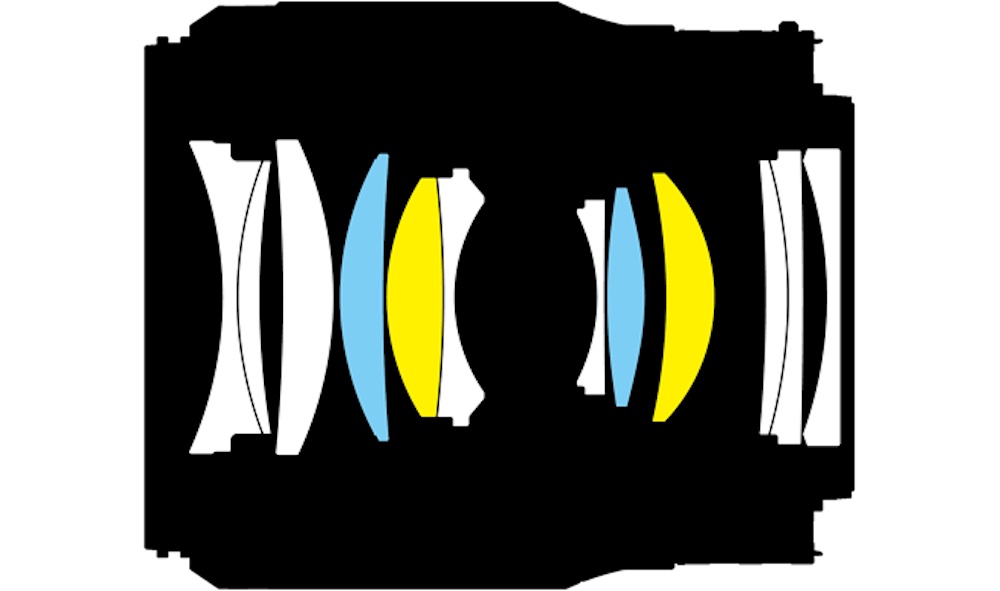

Almost this whole article is about eminently practical lenses. Nothing in this article except the 500mm f5.6 and 800mm f6.3 PF Nikkors costs over $3000. I’ve only ever reviewed one $3000+ lens – a Zeiss Otus 85mm f1.4. Only a few lenses that I’ve used extensively or reviewed, mostly medium format Fujifilm GF optics, are over $2000. There’s a lens in here that costs less than $600, but offers image quality that was unobtainable in a similar still photo lens at any price as recently as 2012 (the 50mm f1.8 Nikkor Z). The only 50mm lenses available a decade ago that might have stood up to the little Nikkor in image quality were cinema primes. The Zeiss Otus arrived in 2013, revolutionizing normal lens design by moving away from the classic Planars. It was expensive and a bit impractical, but within five years of its release, its principles were found in lenses costing well under $1000 like the Nikkor f1.8 series. I have focused on lenses with superb image quality, not exotica whose most remarkable feature is that they form an image at all. No lens mentioned in any depth weighs over 6 lbs, and only a few of the longer telephotos are close to that. All but a very few of these lenses have modern autofocus systems and are fully compatible with the electronics in the cameras they mount to. Most are weather sealed, and all but a few are compatible with standard filters.
It would be possible (and fun!) to focus exclusively on impractical lenses in another article. I promise that one, perhaps including impractical cameras as well, for our first article of April 2023 (with an April 1 publication date). There have been a lot of them over the years – but they’re barely mentioned here. The Sigmonster puts in a brief cameo appearance, but there are no mirror lenses in here, no lenses (other than the Sigmonster) that crush tripods, no 3D lenses, not even any fisheyes. The past ten or fifteen years have revolutionized the lenses we use every day.
Dan Wells
December 2022









